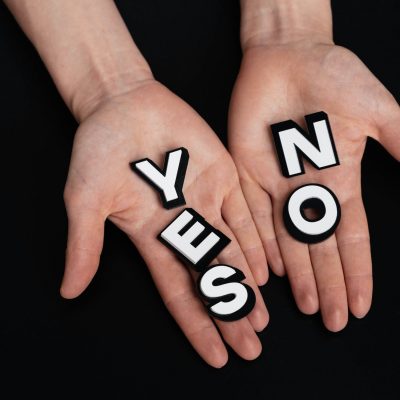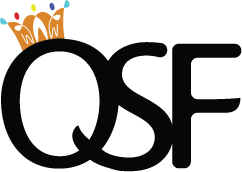
Inclusive Language Guide for Mental Health
In order to increase mental health awareness and reduce the stigma of mental illness, it is essential to know how to use inclusive language for mental health. Mental Health Awareness Month is the perfect time to learn inclusive language that can be used throughout the year. Choosing to use respectful and inclusive language will have a positive impact on the experiences of people with a mental illness and their decision to seek treatment. Here’s how to use inclusive language for mental health.
Use Person-First Language
Person-first language, also called person-centered language, means always putting the person before the disease, condition, or disability. A person’s life has many aspects and is not defined by one condition. For mental health, this means saying a person with a mental illness, a person with a mental health disorder, a person living with a mental health condition, a person with depression or anxiety, or a person with a substance use disorder or alcoholism. Never put the disease or condition first. Choose language that focuses on a person’s strengths, not deficits.
Use Specific Terms
When possible, it is better to talk about mental illness in a specific way, not general way, according to the American Psychiatry Association. This means saying a person with bipolar disorder, instead of using the general mental illness term. Choose the most accurate language that can be used to describe the varying experiences of people living with specific mental health disorders. The term mental illness is a very broad term that doesn’t reflect specific experiences.
Use Descriptive, Not Prescriptive Language
Focus on describing the person’s experiences instead of labeling it in medical or prescriptive terms. Here’s a good example of descriptive language from the Language Matters guide from the Mental Health Association of San Francisco (MHASF).
Instead of saying: My client is treatment resistant or non-compliant.
Say: Someone I am working with has chosen to look into alternative treatments at this time. She has decided not to use medications right now.
Things to Avoid
Do not put the disease first.
Do not call someone mentally ill. Do not say a mentally ill person, a depressed person, or refer to someone as schizophrenic, a drug user, an alcoholic, or an addict. Instead, use person-first language.
Do not use negative words like suffering or victim when referring to a mental illness.
Instead, replace suffering, afflicted, or victim by saying a person experiencing a mental illness, a person living with a mental illness, or a person who has been impacted by a mental illness. A person can live a good life with a mental illness, especially after receiving treatment. There is always hope to focus on instead of negative experiences.
Don’t describe everyday behaviors with the names of mental illnesses or hurtful words related to them.
Example: Don’t say that is so mental, crazy, or insane. Don’t say, “I’m so OCD.” That phrase is not a good way to describe being a perfectionist or neat and tidy. Plus, it doesn’t accurately reflect the experiences of someone actually living with OCD.
Don’t use stigmatizing language.
Don’t use stigmatizing words and labels like paranoid, crazy, psycho, nuts, or damaged. Instead, choose empowering language.
Don’t say normal or abnormal behavior.
There is no clear definition of normal behavior. Instead, say usual or typical behavior.
Don’t say committed suicide, which suggests blame and implies that suicide is a criminal act.
Instead use this phrase: died by suicide.
For a detailed inclusive language guide that covers many areas, download this 27-page guide from the APA.
Latest Blogs
-
Help for Teen Suicide
12 May, 2022 -
How Art Benefits Mental Health
09 March, 2022 -
How Does Divorce Affect Mental Health?
12 May, 2022






